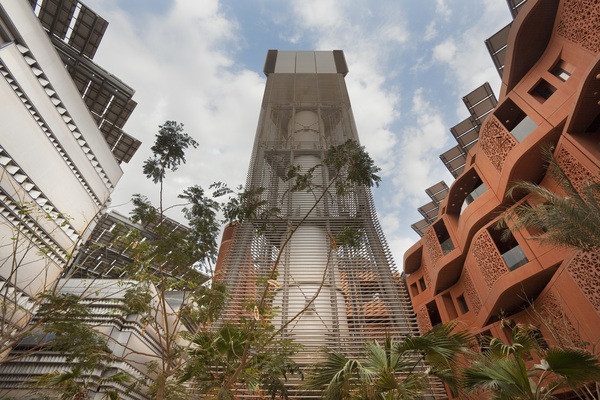Seven Action Steps To Sustainable Manufacturing
Thought Leadership

July 5, 2018, 11:25 am
The seven steps are not necessarily a one-way journey. We recommend that you apply them for a cyclical management process. Doing so will help you measure and understand your environmental impact, as well as improve your performance on an on-going basis. It is important to appreciate that sustainable manufacturing is not about a final destination or result, but about continuous learning, innovation and improvement. Therefore, after completing all seven steps, you may want to revisit the process regularly (e.g. yearly or every few years) to continually improve your activities.
How long will it take to go through the seven steps?
It is difficult to say exactly how long any step – or the whole process – will take in any given situation, as this will vary widely from one facility to the next. You may already be taking steps in some areas, or you may be totally new to the terrain. Your operations may be straightforward or more complex. Step 1 of the process explains about how to set your own reasonable goals.
However, you should expect to see progress in a matter of months. It should be possible, in most cases, for a facility to go from having no information at all to being able to measure at least some indicators within a year. Your timeline may also change as you progress, so be sure to communicate regularly with your colleagues along the way. This will ensure consistent expectations.
Remember, the most important thing is engaging in this process and the rest is what you make of it. No matter how much or how long you engage, the same basic seven steps will apply throughout.
Step 1: Map your impact and set priorities
For any journey you need a good map to help you get to your destination. In Step 1, we focus on where you are starting and where you want to end up, which is essential to ensure that you have all you need to get there. The aim of this first step is to establish a general understanding of your positive and negative environmental impact by mapping your activities and determining which ones affect your performance the most. There will be many ways to reduce the environmental impact of your facility and improve its performance, and no single person will have all the answers.
Step 2: Choose indicators and understand data needs
In this step, you will need to confirm the indicators that you are using. Let’s take a look at how to select indicators for your facility. While the 18 OECD indicators are a great starting point, they are by no means exhaustive. Some companies will benefit from adding more indicators over time, while other companies may only want to use a handful of the indicators provided.
Step 3: Measure inputs used in production
The first set of indicators relates to the raw materials and intermediate products used in your production processes to make your products. Let’s take a closer look at the impact that material inputs can have on your environmental performance.
Step 4: Assess the operations of your facility
Let’s take a look now at what happens within your facility and the activities you undertake to transform a variety of inputs (Step 3) into end products for delivery and sale (Step 4). Here, we focus on the key processing and manufacturing functions and design of your facility and the related back-office functions as well as the emissions that arise from these operations.
Step 5: Measure inputs used in production
We will turn our attention to the environmental impact of the products produced by your facility. These are the items or goods that you deliver to market and that – in their own right – will have a range of environmental qualities and impact arising from their composition and use.
Step 6: Measure inputs used in production
You are now well on your way to understanding and realising the benefits of a better environmental performance. The work involved in identifying and tracking indicators will yield significant information that can help to improve your knowledge, strategy and results. The next step is to understand the different ways to review and analyse the information generated by the indicators to identify options for improving the performance of your facility.
Step 7: Take action to improve your performance
Your efforts should be starting to pay off now. In the previous step, you have established your baseline performance on selected indicators. You have reviewed the data and taken decisions on options for improving performance. Now, you need to make your decisions happen – by setting clear targets and creating a tangible action plan.
SOURCE: OECD (year), (Action steps for sustainable manufacturing), OECD Publishing, Paris. https://www.oecd.org/innovation/green/toolkit/actionstepsforsustainablemanufacturing.htm.
Photo Credit – www.bayut.com










